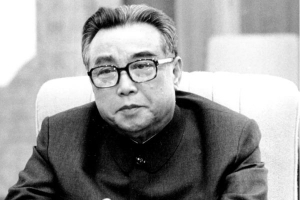Top 10 Interesting Facts about Raphael
Italian painter and architect Raffaello Sanzio da Urbino, also referred to as Raphael or Raffaello, was born in that country. On March 2, 1483, he was born in ... read more...Italy. It's impossible to think about the Renaissance era without thinking of Raphael. He was a young artist who the pope brought to Rome in his mid-20s and tasked with decorating some of the Vatican's most significant spaces. Raphael was a brilliant craftsman who could create anything, from frescos and oil paintings to tapestries and architecture. It is understandable why he, Michelangelo, and Leonardo da Vinci are credited with creating this period in art history. To gain more information, let’s check the ten most interesting facts about Raphael below!
-
One of the most interesting facts about Raphael is he is considered one of the masters of the High Renaissance. When it comes to fine art, the late 15th and early 16th centuries were amazing. Some of the most well-known artists rose to prominence during the High Renaissance, and astonishingly, they all resided and produced their work in the same regions.
Raphael's fame was well established when he was alive and only got better after his passing. His contributions to the growth of art were acknowledged right away. Along with Raphael, the traditional trinity of great masters of that era included Michelangelo, Leonardo da Vinci, and Raphael. Michelangelo is best known for "The Creation of Adam," "The Pietà," and 13 other well-known works, while Leonardo da Vinci is best known for the "Mona Lisa," "The Last Supper," and other works.
Serenity, harmony, perfection, and aesthetic brilliance are all characteristics of Raphael's work that are well-known. He was esteemed for his versatile artistic ability, which led to his success in the fields of history painting, religious painting, and portraiture. His command of color and composition still has an impact today.
Despite drawing inspiration from Michelangelo and Leonardo da Vinci, Raphael's idealized, aesthetically beautiful representations were different from their intense darkness. Raphael's works were venerated more than those of any other artist between the late 17th and late 19th centuries, and he was regarded as the ideal model for historical paintings. Raphael is still regarded as one of the finest artists in history, despite Michelangelo's and Leonardo's popularity surpassing his since that time.
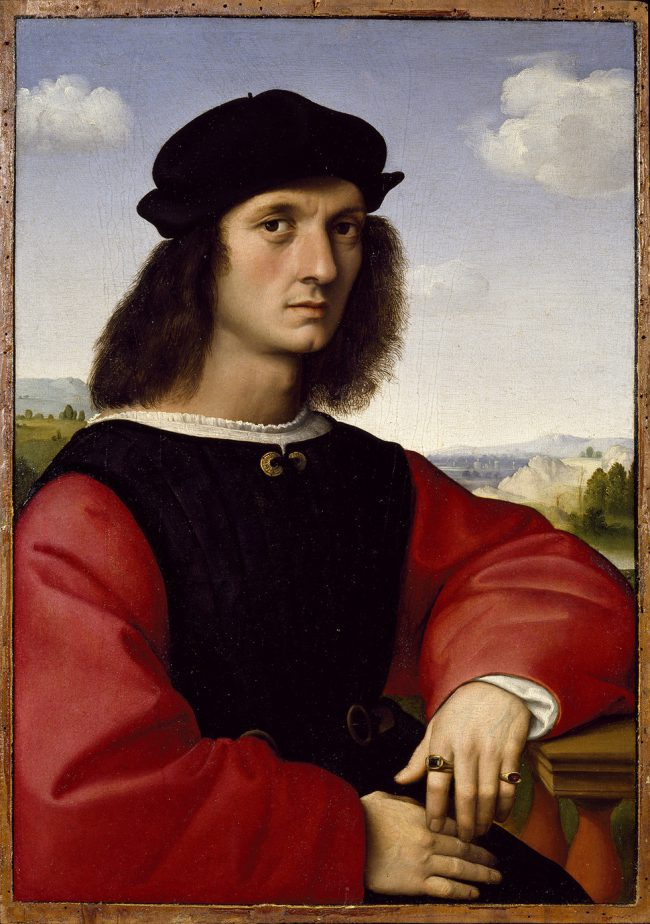
Photo: https://24hsongxanh.vn/ 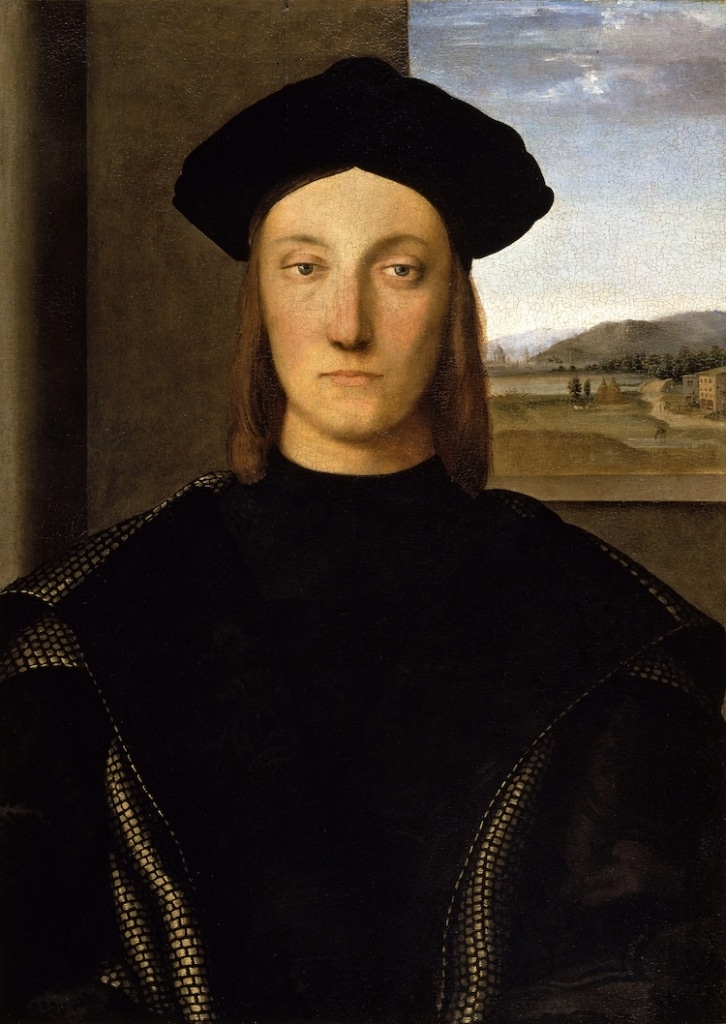
Photo: https://designs.vn/ -
Raffaello Sanzio da Urbino was the lone child of Giovanni Santi and his wife Magia di Battista Ciarla. He was born on April 6, 1483, in Urbino, Italy. Federico da Montefeltro, the Duke of Urbino, employed his father as a court painter. He taught his son how to paint for the first time. When Raphael was 8 years old, his mother passed away in 1491. Three years later, at the age of 11, his father passed away, leaving Raphael an orphan. He had a stepmother because his father had remarried, but his lone paternal uncle, a priest named Bartolomeo, served as his legal guardian.
His output included several altarpieces, several Madonnas, an annunciation, and a picture of the crucified Christ being held up by two angels. Numerous pieces are on display in museums all around Europe, including the Berlin Museum, the National Gallery in London, and the Budapest Museum of Fine Arts.
Raphael was probably too young to have learned most of his artistic techniques from his father, but he undoubtedly had a deep love of the arts and humanism at a young age. Giorgio Vasari noted in Raphael's biography that Raphael had "shown talent at a young age" and had "been exceedingly helpful to his father while he painted."
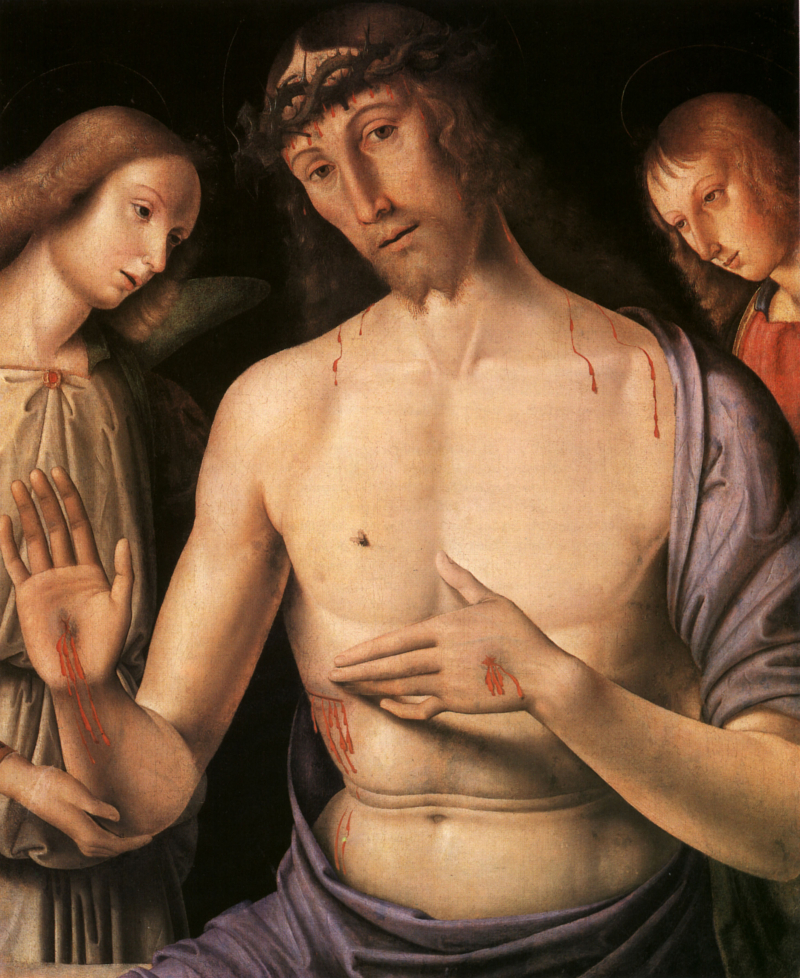
Photo: https://vi.m.wikipedia.org/ 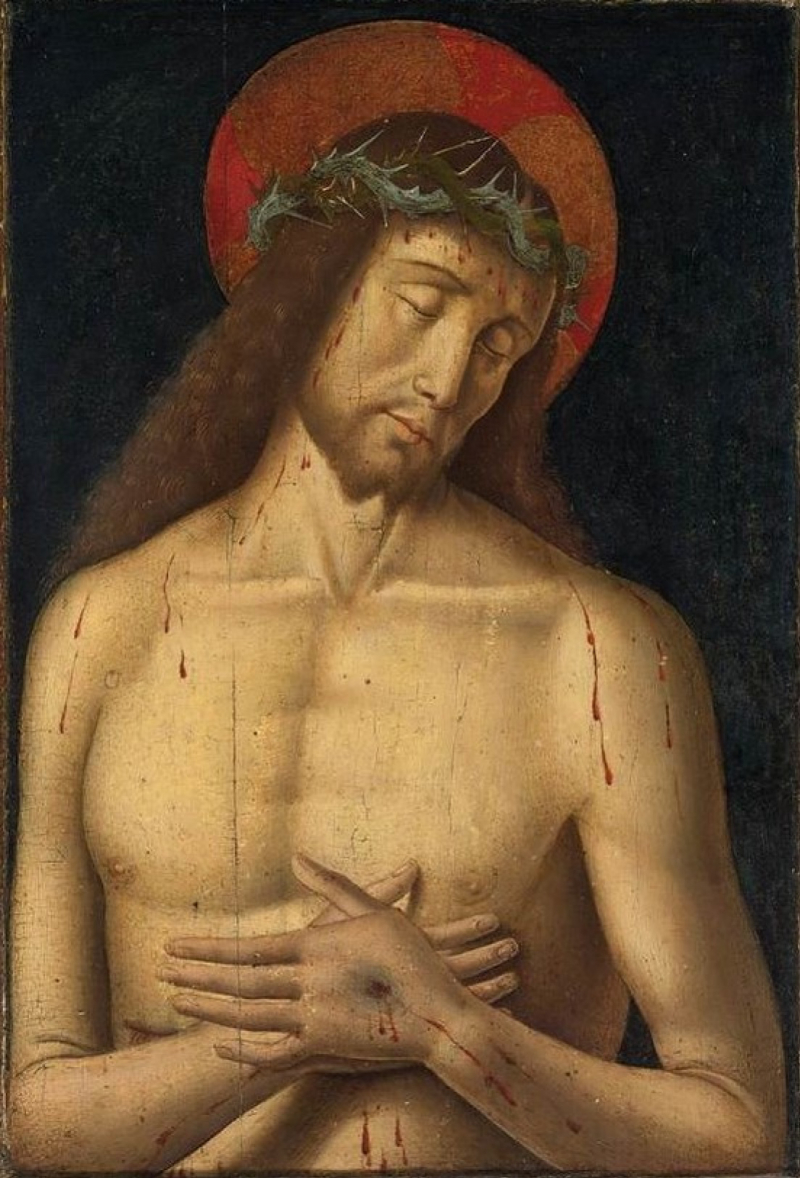
Photo: https://arthive.com/ -
Raphael was already regarded as a highly trained artist by the time he was 17, but he wasn't yet prepared to begin his practice. Instead, he took the traditional route for painters at the time and worked as an assistant in a well-known workshop.
In Raphael's case, this entailed relocating to the city of Perugia and working with Pietro Perugino, one of the most important artists of the early Renaissance. An early adopter of oil painting, Perugino was successful in painting the Sistine Chapel's walls for Pope Sixtus IV. He gained a wealth of professional expertise from Perugino. Raphael's early works show traces of Perugino's influence. These paintings nevertheless stand apart from his master's creations thanks to several distinctive qualities. The Marriage of the Virgin, the work in which Raphael outperforms his master, demonstrates his evolving style.
Early works by Raphael superficially resemble Perugino, but he quickly outperformed his mentor. Initially, Pope Julius II requested that Perugino paint the Stanza of the Incendio del Borgo in the Vatican. Raphael, whose aesthetic the pope favored, quickly replaced him. This decision would have a significant impact on Raphael's professional life because that room is a part of what is now referred to as the Raphael Rooms, which also contains the famous School of Athens.
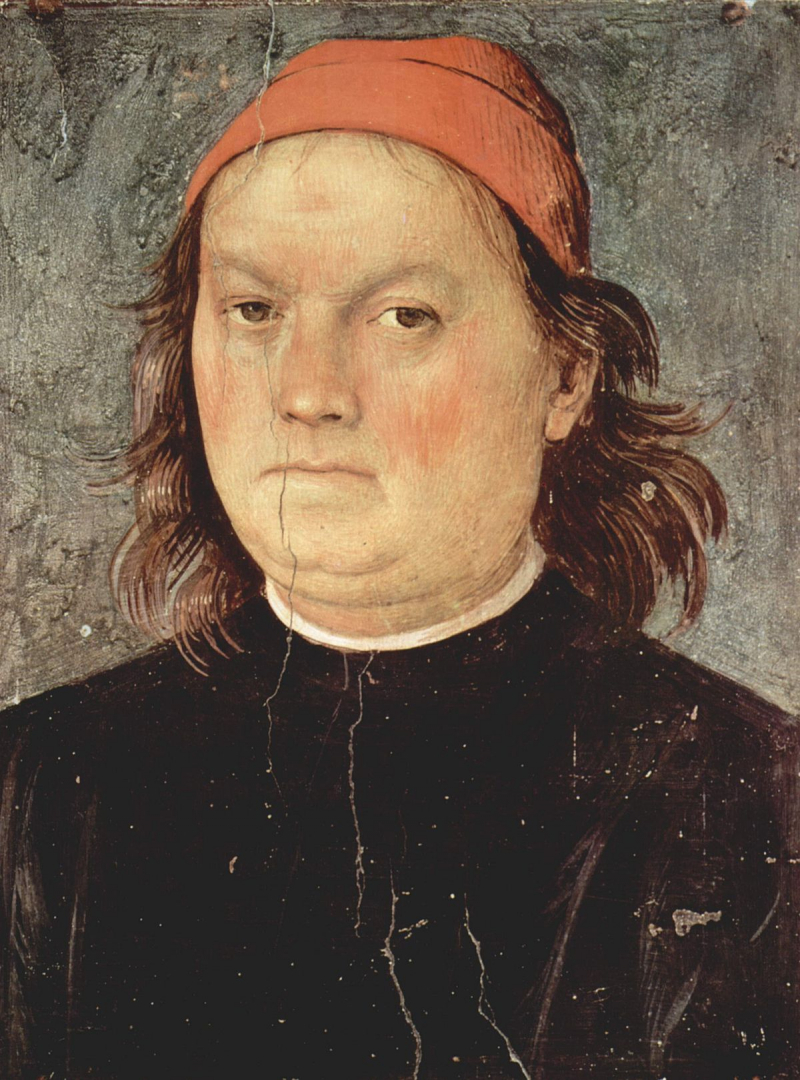
Photo: https://vi.wikipedia.org/ 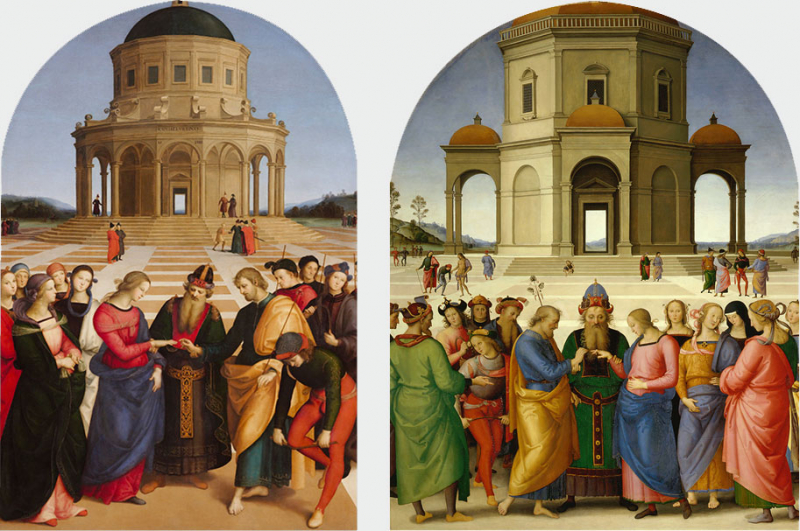
Photo: https://pinacotecabrera.org/ -
One of these interesting facts about Raphael is about his rival - Michelangelo. Michelangelo had been hard at work for Pope Julius II for three years by the time Raphael arrived in Rome in 1508. Michelangelo, who was eight years Raphael's senior and had a more established profession, wound himself working next to the young upstart. The Pope's library in the Stanza Della Segnatura, the largest commission of Raphael's career, was given to him right away. Michelangelo was nearby, working on the ceiling of the Sistine Chapel, at the same time.
To Michelangelo's dismay, Raphael's painting style received a lot of attention and admiration. Michelangelo's perception that Raphael was artistically emulating him, generated a fierce artistic rivalry between the two. Raphael, in turn, depicted Michelangelo as the brooding philosopher Heraclitus at the School of Athens.
Michelangelo and Raphael were fierce rivals. They competed with one another for patrons, and the public and their contemporaries compared their paintings. Raphael was the more popular of the two due to his friendlier demeanor, and by 1513 he was snatching up all the top commissions. Raphael earned the moniker "the prince of painters" and rose to become one of the Renaissance's most well-known artists. Raphael's premature passing led to Michelangelo's influence growing, though. He even proclaimed, "Raphael learned everything he knew about art from me."
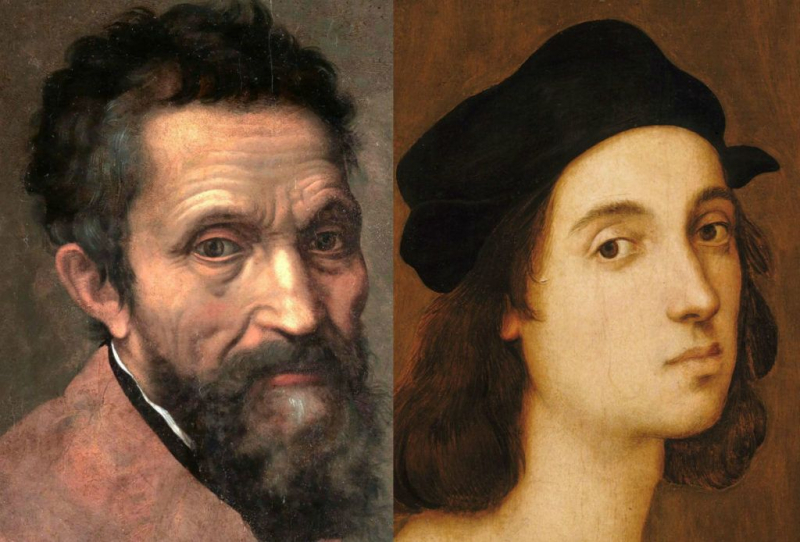
Photo: https://news.artnet.com/ 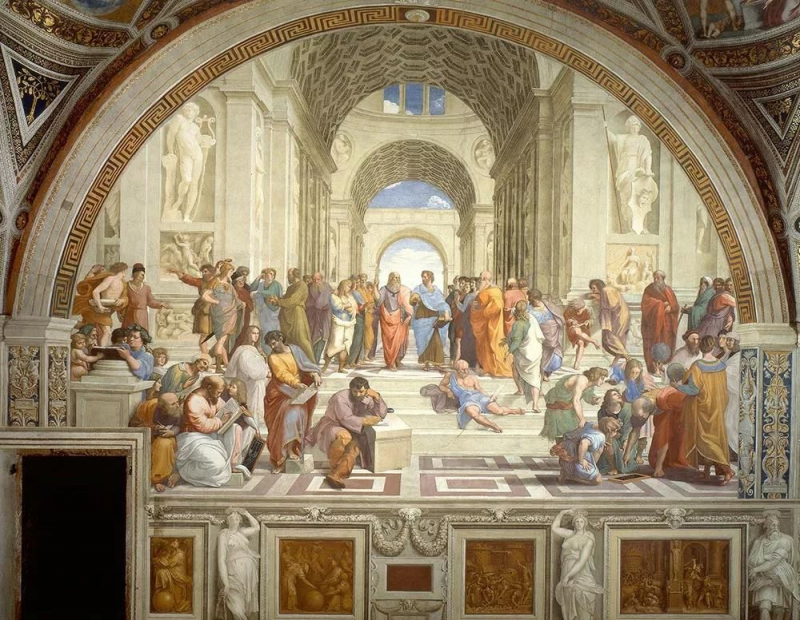
Photo: https://www.romeprivateguides.com/ -
Due to his well-known sweetness, Raphael was able to seamlessly move through the most elite social circles throughout his life. He got along well with Pope Julius II, and when Julius passed away in 1513, he got along even better with Pope Leo X.
Raphael has a kind and engaging demeanor. Not only did he exploit this quality to gain commissions at the expense of his competitors by being able to befriend Popes, but he also used it (on more than one occasion) to woo ladies who were mesmerized by his extraordinary talent. Raphael was friendly to women and is rumored to have had numerous affairs. Margherita Luti, sometimes referred to as La Fornarina or "the baker's daughter," is his most well-known love interest. Their partnership became the "archetypal artist-model relationship of the Western tradition" since she served as his model. Ths story is famous for one of the most interesting facts about Raphael.
His main mistress was painted. La Fornarina and La donna velata are two well-known Raphael paintings that include Luti. Little is known about the Fornarina's life, except that she lived in Rome's Via del Governo Vecchio and that she appears in at least two of his paintings.
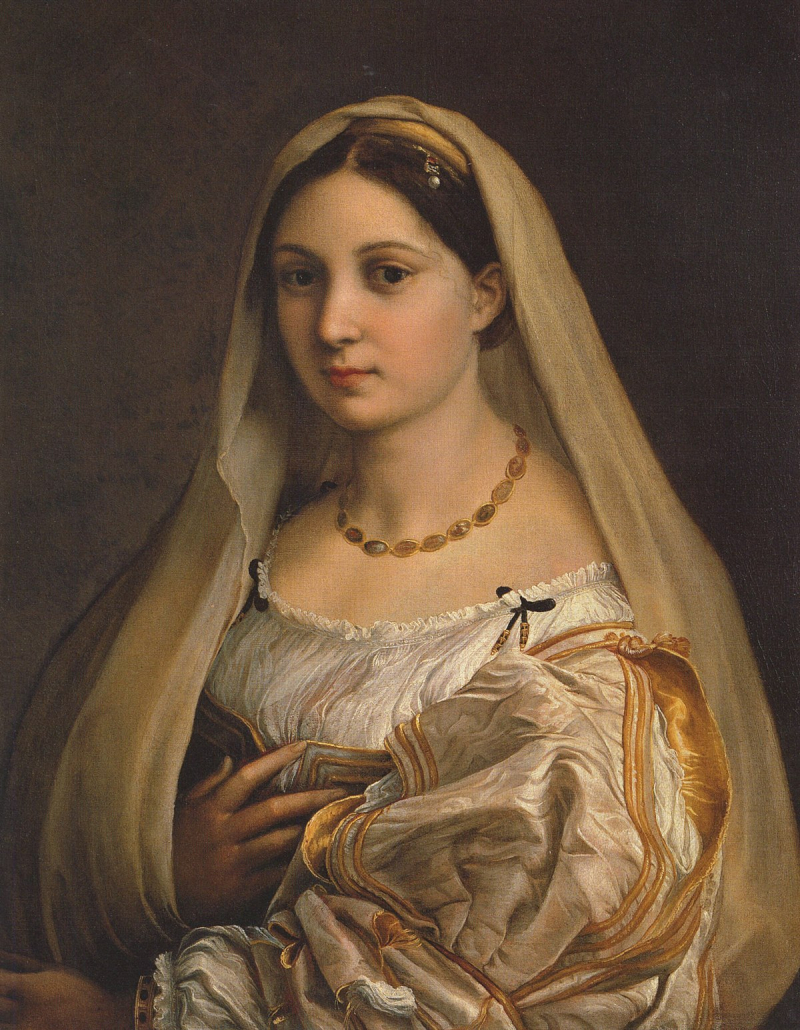
Photo: https://en.wikipedia.org/ 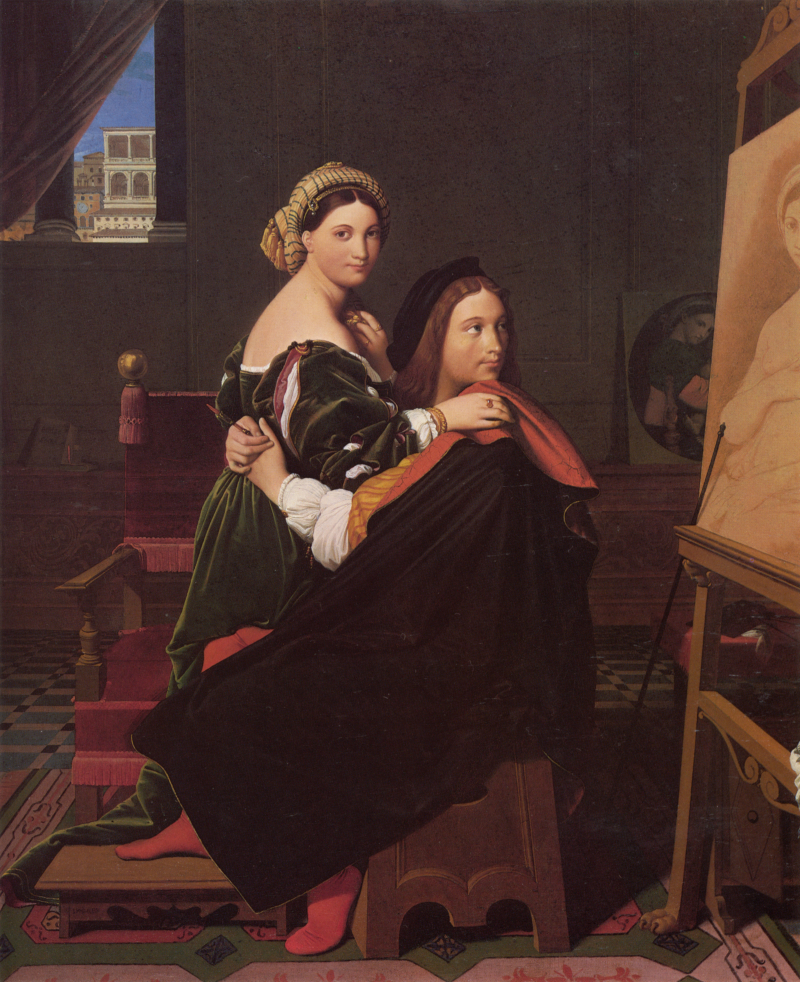
Photo: https://timelessitaly.wordpress.com/ -
Raphael is recognized for having a nice disposition. He may have developed an amiable demeanor while spending time in Urbino's court, and it served him well. It not only helped him gain favor with the wealthy patrons who bought his art, but it also helped him become a strong leader for his group of creatives.
Once Raphael established himself as a master in his own right, he created an outstanding studio with 50 assistants. His subordinates were properly trained to take his sketches and turn them into full works in his name, as was customary at the time.
Raphael operated like a well-oiled machine, allowing him to make progress on his most significant orders. He would assign tasks as the team's leader and ensure that the work met his requirements for quality. Because of their effectiveness, the team was able to complete the commissions Raphael was working on at the time of his passing. At the Vatican, the Sala of Constantine wasn't even started until after Raphael had passed away. Instead, Giulio Romano, Gianfrancesco Penni, and Raffaellino del Colle, three of Raphael's most talented colleagues, produced these works after his instructions.
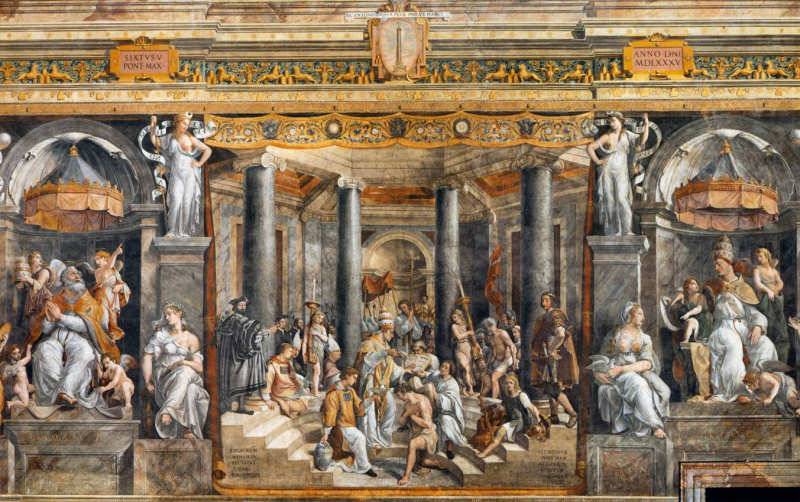
Photo: https://www.wga.hu/ 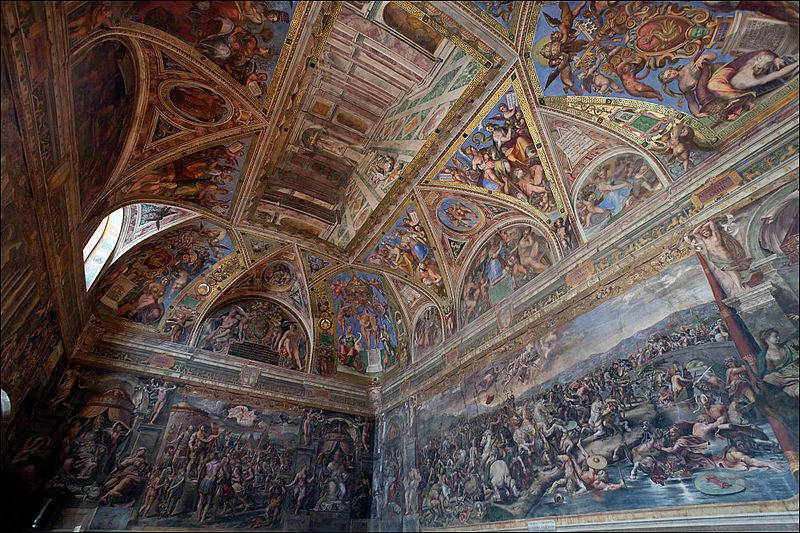
Photo: https://www1.kynangsong.org/ -
By the time Raphael was born, Urbino had developed into a major cultural hub thanks to Federico da Montefeltro's support of the fine arts. Raphael's early skill development was stimulated by the city's vibrant culture, and because of his father's position, he had access to many significant painters of the age. Raphael's extraordinary talent is demonstrated by the fact that, in 1500, when he was only in his twenties, he received a contract to assist in the creation of the Baronci Altarpiece for a church in Castello, a village close to Urbino, and was referred to as a "master." It is Raphael's first known piece of work, finished on September 13, 1502.
St. Nicholas is seen in the painting standing in the doorway with angels by his side and the devil at his feet. This artwork was commissioned for Citta di Castello's Andrea Baronci of Saint Agostino church chapel, which is located there. This painting has a size of 31 by 27 centimeters.
The painting was stored in the chapel until a local earthquake severely damaged the building. The Baronci Altarpiece was damaged during the earthquake and its pieces were conserved in various museums. The artwork is still one of the most magnificent depictions of this brave saint, who is well-known in the Catholic Church for his deeds of charity.
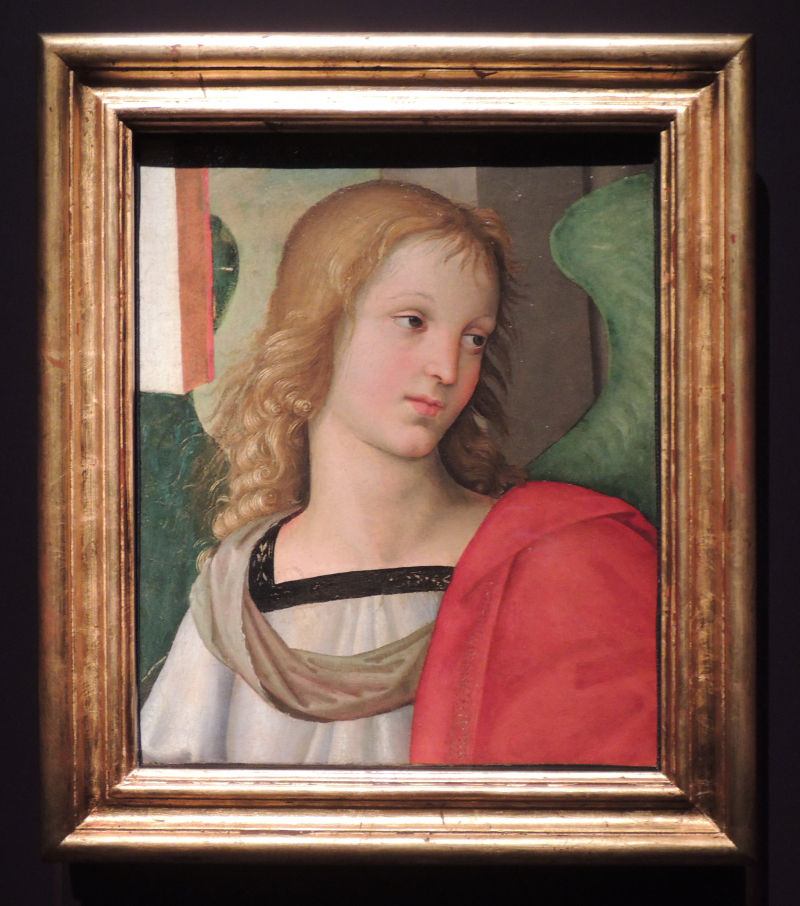
Photo: https://commons.wikimedia.org/ 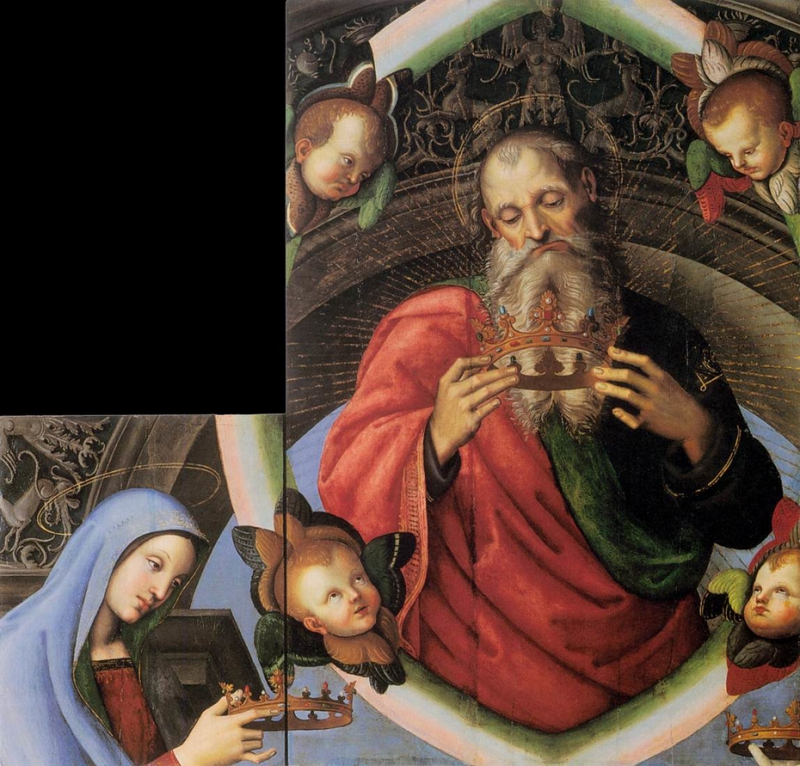
Photo: https://useum.org/ -
Julius II and succeeding popes used the Raphael Rooms as their quarters. One of the most significant popes in history was Julius II. He rejected the current papal residences held by the notoriously dishonest Alexander VI Borgia, a pope he detested. Instead, Julius opted for accommodations on the palace's second story, above the Borgia Apartments. Raphael's test work captivated Julius. He gave Raphael complete control over the fresco decoration by handing it all up to him. The teenage Raphael had never created frescos this intricate, so it was a risky move.
Raphael was invited to Rome by Pope Julius II before the end of 1508 when he worked on a series of murals for a set of rooms in the papal residences at the Vatican. Raphael was up to the task. He prepared the frescoes in great detail with detailed sketches. Later, he made them larger and turned them into cartoons. Then, the cartoons were applied to the wet plaster. The vast fresco sequence that resulted is now recognized as the ultimate High Renaissance masterwork. The most well-known of Raphael's four frescoed rooms, Stanza Della Segnatura ("Room of the Signatura"), is known as the "Raphael Rooms" or "Stanze." It has four large paintings that represent philosophy, poetry, theology, and law, respectively. Raphael is credited with creating his greatest work, The School of Athens, which stands for philosophy.
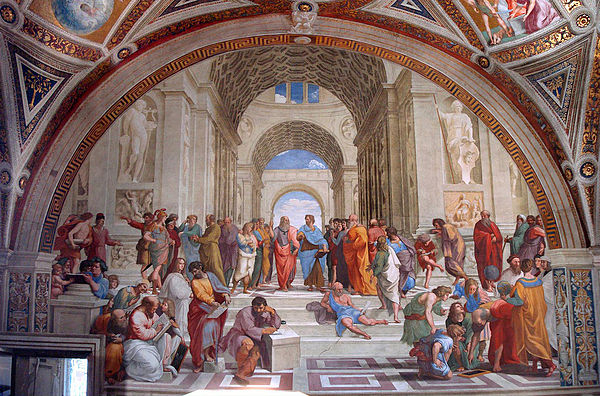
Photo: https://vi.wikipedia.org/ 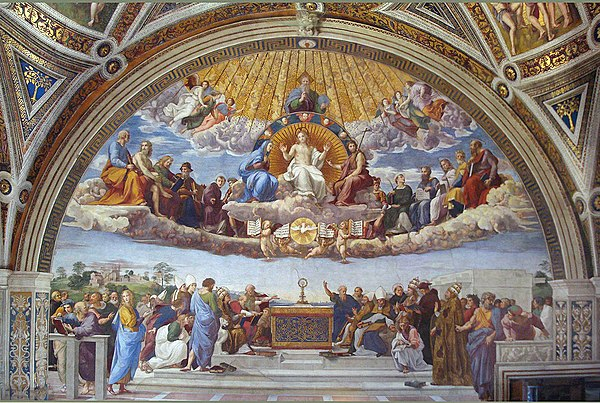
Photo: https://vi.wikipedia.org/ -
In Italy, Raphael was now regarded as a leading painter. He decided to hire some apprentices and helpers because he had a lot of work to accomplish. They performed the Stanza dell'Incendio, or Fire Room, as a group. Raphael, however, soon accepted a few more tasks as an architect. The chapel in Sant' Eligio degli Orefici was created by him. The Santa Maria del Popolo Chapel in Rome, which is located inside the Saint Peter's Basilica, was also created by Raphael, which is an intriguing truth about him.
Raphael had a wide range of interests, which is evident in the fact that his creations are not just limited to religious structures or religious paintings. Many palaces and other private parts of homes were created by Raphael.
He created numerous more structures, and for a brief period, he was Rome's most prominent architect, designing structures for a select group of people close to the Papacy. Julius changed the layout of Rome's streets, adding a few new thoroughfares, and he wished to line them with magnificent palaces. Raphael was well-known for his entire body of work in Rome, but outside of this capital city, he was most known for his printmaking abilities.
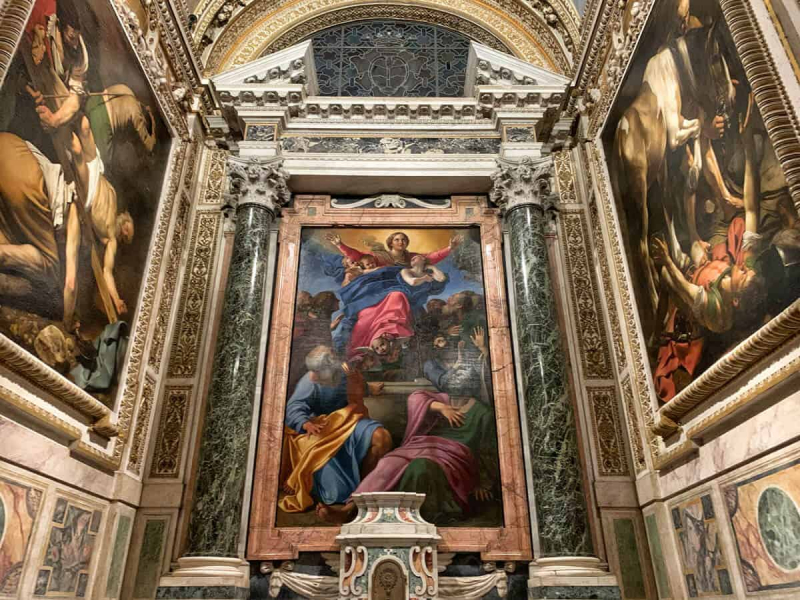
Photo: https://www.romeing.it/ 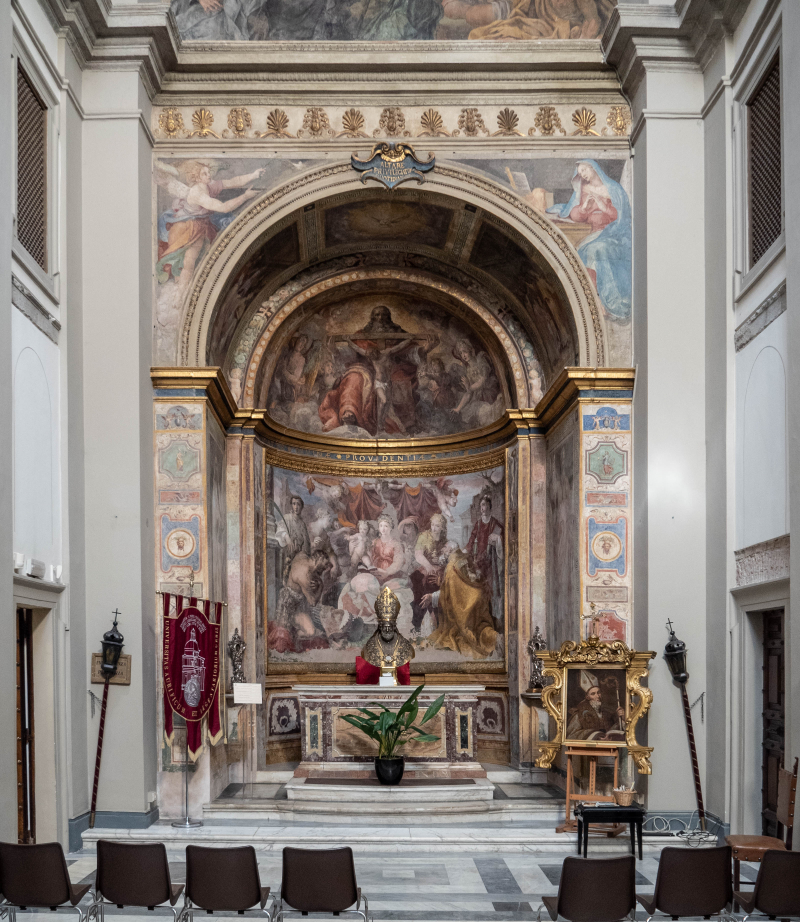
Photo: https://commons.wikimedia.org/ -
Raphael lived a full life despite having a brief lifespan. Raphael was just 37 years old when he passed away on April 6, 1520, after spending 15 days in bed. The exact cause of his death is unknown. Historians have proposed several reasons, including pneumonia, lung illness, excessive fatigue, and, most significantly, too much sex with his mistress La Fornarina. Whatever the cause, it was tragic that he passed away so soon. When he passed away, he was working on his largest oil painting canvas. This final piece, which was commissioned in 1517, was titled The Transfiguration.
He was able to confess his crimes, write his testament, receive his last rites, and ask to be buried in the Pantheon during these 15 days. His request was granted, and his tomb is still accessible today following a lavish burial that was attended by vast crowds—including the Pope. Because Raphael had been working with the Pope at the Vatican when he passed away, his funeral service was also held there, and his incomplete work was buried with him. His remains were buried in the National Pantheon in Italy, with his well-known picture Transfiguration put at the top of the casket.
Raphael's death on Good Friday, which is also thought to have been his birthday, is one of the interesting facts about Raphael. His 37th was present.
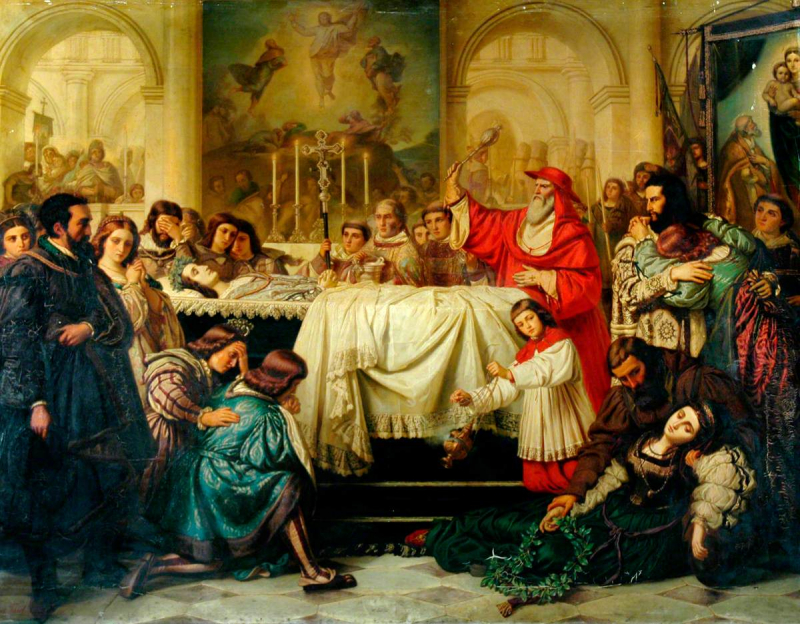
Photo: https://artuk.org/ 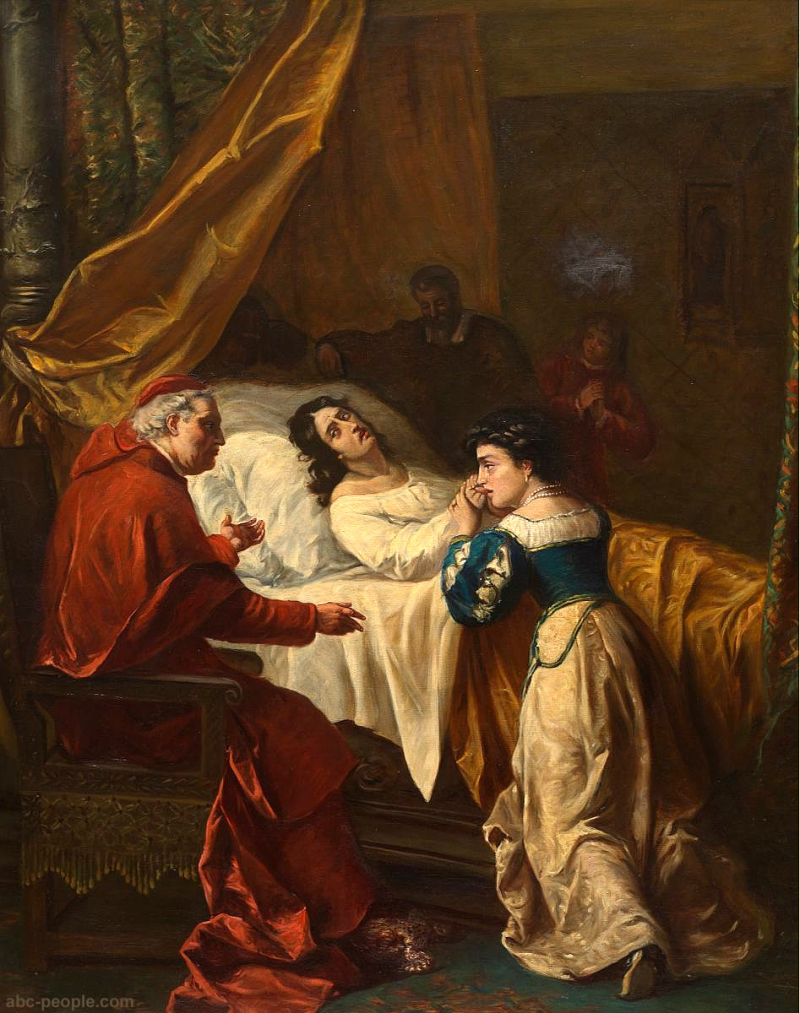
Photo: http://www.abc-people.com/




















